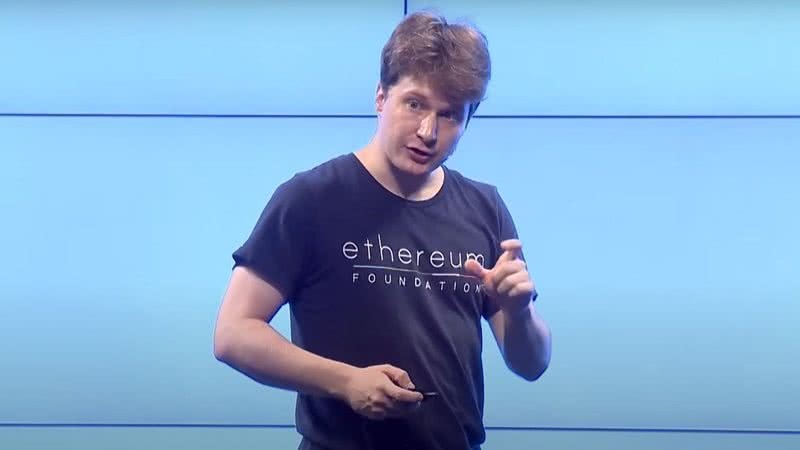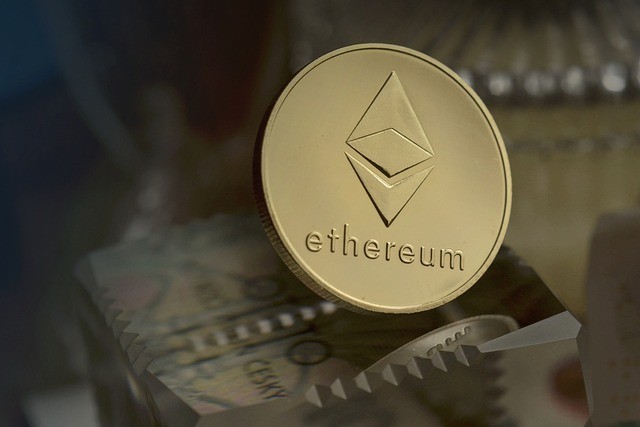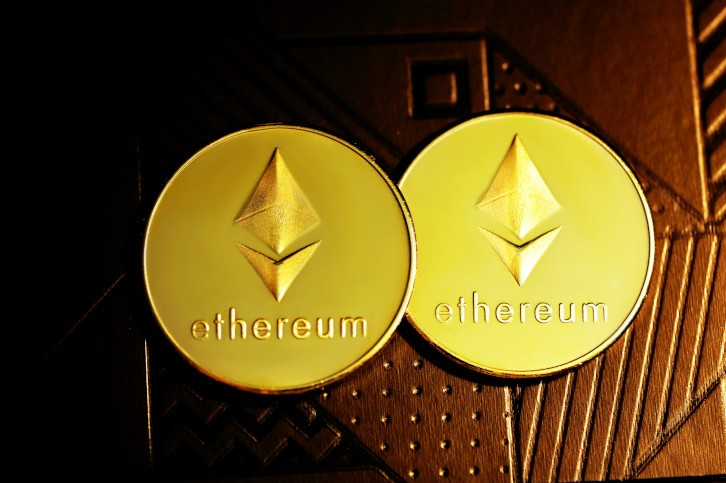How Safe Is the Layer-2 Blast Solution on Ethereum?
Mar 04, 2024, 9:29pm
The latest controversy in the crypto universe revolves around Ethereum, the token whose blockchain is revolutionizing technology.
Although nothing really notable happened with the cryptocurrency recently, besides the ETF failure due to the SEC’s continuous delay, now Ethereum is on a spree due to the layer-2 system that seems to have caught people’s attention more than it should’ve. Many users have already entered their funds within the project, even though Blast will be delivered only next year around March.
Due to this boom, the price of Ethereum on Binance suffered significant rising stats, but this doesn’t seem to go on for much longer. That’s because some users are skeptical about the reliability of this project due to what appears to be a Ponzi scheme. Not only that, but some investors believe the layer-2 solution isn’t safe at all. Since the project is barely new, it’s hard to say if that’s the truth, which is why we’ll get into analyzing Blast more.
What is Blast, and why was it necessary?
Blast is part of the layer-2 solutions on Ethereum responsible for keeping the blockchain safe while ensuring users’ profits are well managed. The project aims to provide a better environment for native staking on Ethereum while focusing on yields that incentivize users. Besides regular staking rewards, investors might also receive DAI stablecoins, therefore diversifying their portfolios.
Layer-2 network solutions are plenty on Ethereum, from zk-rollups to optimistic ones. Their purpose on the mainnet is to maintain security, lower transaction fees, and expand use cases for the network. All these actions work together to improve scalability and make the ecosystem work a seamless place for all users. Indeed, despite all efforts, Ethereum can sometimes be slow, which is why additional updates are being created. However, Blast seems to be more than that.
Users looking for Blast points and yields
The main reasons investors blew up Blast include the possibility of getting points and receiving more funds. This is also why some people are skeptical of this project because it seems to be based on a pyramid scheme. Basically, if you enter the system and invite more friends who also fund Blast, you’ll receive a considerable percentage of points, which will go up if your friends ask more people. Hence, it may be possible that some will get wealthier and withdraw more money when Blast is present on the market due to their connections.
Moreover, the Blast points are accompanied by a mechanism that generates yields, which are being staked on a liquid staking protocol, Lido. The company announced that users who deposit their ETH on the pool will receive 5% stablecoin yields.
What should users be wary of before depositing their funds to Blast?
An impressive number of investors turned to Blast as soon as it was announced, which boosted the project considerably, but maybe not all were prepared to take risks. That’s because immediately after the astonishing cost boom, experts and crypto enthusiasts perceived Blast as a dangerous investment considering some aspects of Blast.
First, the developer’s contract ownership has five signers, for which most of the three can execute a transaction. Still, it’s a matter of safety if these signer keys are to be trusted, which raises questions on transparency.
At the same time, the project’s proxy smart contract can always be modified since it has an upgrade function that can be used maliciously. For instance, the developer could take advantage of all the funds gathered without certainty over their trust levels.
Finally, other users found an interesting function within the smart contract that could be used as a
potential exploit. The mainnetBridge option might provide a path for the creator to receive a considerable amount of ETH and DAI with minimum effort, but this is only an observation made by curious users.
Possible liquidity crisis over Ethereum?
Few crypto experts consider that farmers and investors might trigger a liquidity crisis for Ethereum somewhere around February, one month before the applications’ deployment. Hence, it won’t be possible for investors to withdraw their funds for at least three months after February. That might be because liquidity providers will be waiting for an airdrop, which has been debunked as providing a disappointing yield ratio.
Therefore, the lack of liquidity isn’t a good sign for supposed investors. Liquidity ensures price stability and less asset volatility, so we’re unsure whether Blast will be profitable. What’s worrying is that many investors put their funds to work and expect great results, which isn’t specific for now.
How will Blast affect Ethereum?
The layer-2 solution on Ethereum might also have some effects on the blockchain and the cryptocurrency. For instance, it could have been the cause of an increased price, which can be perceived as beneficial. However, since users found weird aspects of the smart contract code, the solution faces security scrutiny due to the unverified chain management whose developers are anonymously working.
Being dependent so much on the Lido liquid staking protocol isn’t great for a small project because users wonder if their funds are safely managed and secured. Although Lido is a considerable helping booster for solutions like Blast, every funding investment idea should be considered with people’s findings.
Investors already went through the FTX scandal, so they could learn a thing or two from previous experiences. The conclusion is that it’s always best to be cautious of new projects because they haven’t taken the test of time, so it’s hard to assess whether they’re safe. Indeed, crypto investing is about taking risks, but sometimes, they’re not worth it despite their high-income potential.
Final considerations
Blast is a new layer-2 solution provided for Ethereum and will ensure native staking and high yields for investors who invite more participants. This made people believe Blast is only a pyramid scheme, mainly because the developer and its team haven’t provided much transparency on the project since its announcement on the market. However, many individuals deposited their funds into it and are now waiting for a significant withdrawal in March 2024.





